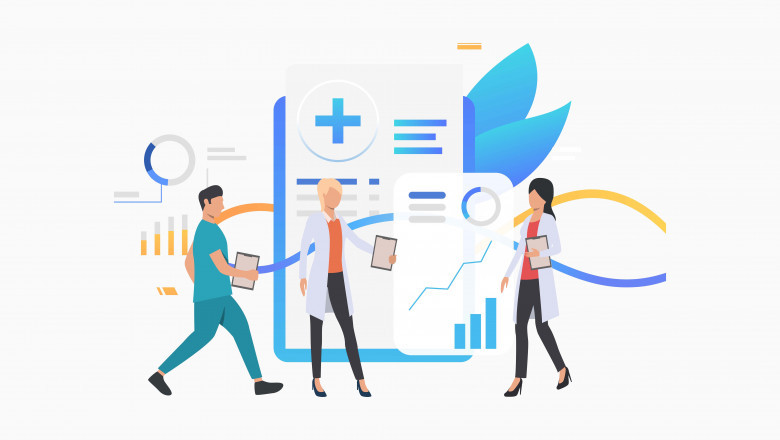views
As healthcare becomes increasingly reliant on technology, the development of effective, secure, and innovative solutions is more important than ever. Healthcare solutions development is about creating systems, software, and tools that streamline patient care, improve diagnostic accuracy, and enhance data management. However, developers face several unique challenges in this sector, ranging from stringent regulatory standards to the need for highly secure patient data protection. Here’s a look at the top five challenges in healthcare solutions development and strategies to overcome them.
1. Ensuring Data Security and Privacy
One of the most critical challenges in healthcare solutions development is ensuring the security and privacy of patient data. As healthcare records often contain sensitive personal information, developers need to implement advanced security measures to protect this data from breaches and unauthorized access. Additionally, healthcare solutions must comply with various data protection regulations like HIPAA (in the U.S.) and GDPR (in the EU).
Solution: To overcome this challenge, developers should integrate end-to-end encryption, multi-factor authentication, and continuous data monitoring into their solutions. Partnering with cybersecurity experts during development can help identify and mitigate potential vulnerabilities. Regular security audits are also essential to maintain compliance and address any emerging threats.
2. Meeting Regulatory and Compliance Standards
Healthcare is a highly regulated industry, with strict standards and compliance requirements that can vary by region. These regulations, which aim to protect patients and ensure the efficacy of healthcare solutions, often add complexity to the development process. For instance, regulations may dictate how patient data is stored, transferred, or shared between systems.
Solution: Developers should prioritize regulatory compliance from the beginning stages of healthcare solutions development. Engaging compliance specialists and keeping abreast of the latest regulatory changes can help streamline the development process. Building solutions with modular, adaptable code also allows easier adjustments as regulatory requirements evolve.
3. Achieving Interoperability Among Systems
Healthcare facilities often use multiple systems, which need to interact seamlessly for efficient data exchange. Lack of interoperability between new and legacy systems can lead to inefficiencies, reduced quality of care, and frustrated users. Ensuring interoperability in healthcare solutions development is crucial to creating a seamless healthcare ecosystem.
Solution: Use widely accepted standards, such as HL7 and FHIR, to facilitate data sharing and interoperability between systems. Collaboration with healthcare providers to understand their existing infrastructure can also inform design decisions and support seamless integration. Testing the solution with real-world data and systems before deployment can further help ensure interoperability.
4. User Experience and Accessibility
Healthcare professionals and patients often rely on these solutions during critical moments, making user experience (UX) a top priority. A complex or confusing interface can hinder user adoption, reducing the effectiveness of the healthcare solution. Accessibility is equally important, ensuring that the solution serves users of all abilities and literacy levels.
Solution: Involve healthcare professionals and patient representatives in the design process to create a user-centered interface. Conduct usability testing to identify potential issues and areas for improvement. For accessibility, follow WCAG (Web Content Accessibility Guidelines) standards and consider assistive technologies to accommodate users with disabilities.
5. Budget Constraints and Resource Allocation
Healthcare organizations often operate within strict budgets, and healthcare solutions development can be costly, particularly when incorporating advanced technologies like AI or machine learning. Resource constraints can limit the scope or functionality of a project, impacting its ability to deliver the intended outcomes.
Solution: Adopting agile development practices can help teams stay flexible, prioritize high-impact features, and make iterative improvements without overspending. Additionally, exploring partnerships with tech companies or government programs can provide resources or grants for healthcare technology innovation. Opting for scalable cloud-based solutions can also reduce infrastructure costs and make it easier to expand functionalities as budgets allow.
Conclusion
While healthcare solutions development faces numerous challenges, understanding and addressing these obstacles can lead to highly effective, innovative tools that enhance patient care, improve data management, and streamline workflows. By focusing on security, compliance, interoperability, user experience, and budget-conscious development, teams can create solutions that meet the demands of modern healthcare.






















Comments
0 comment